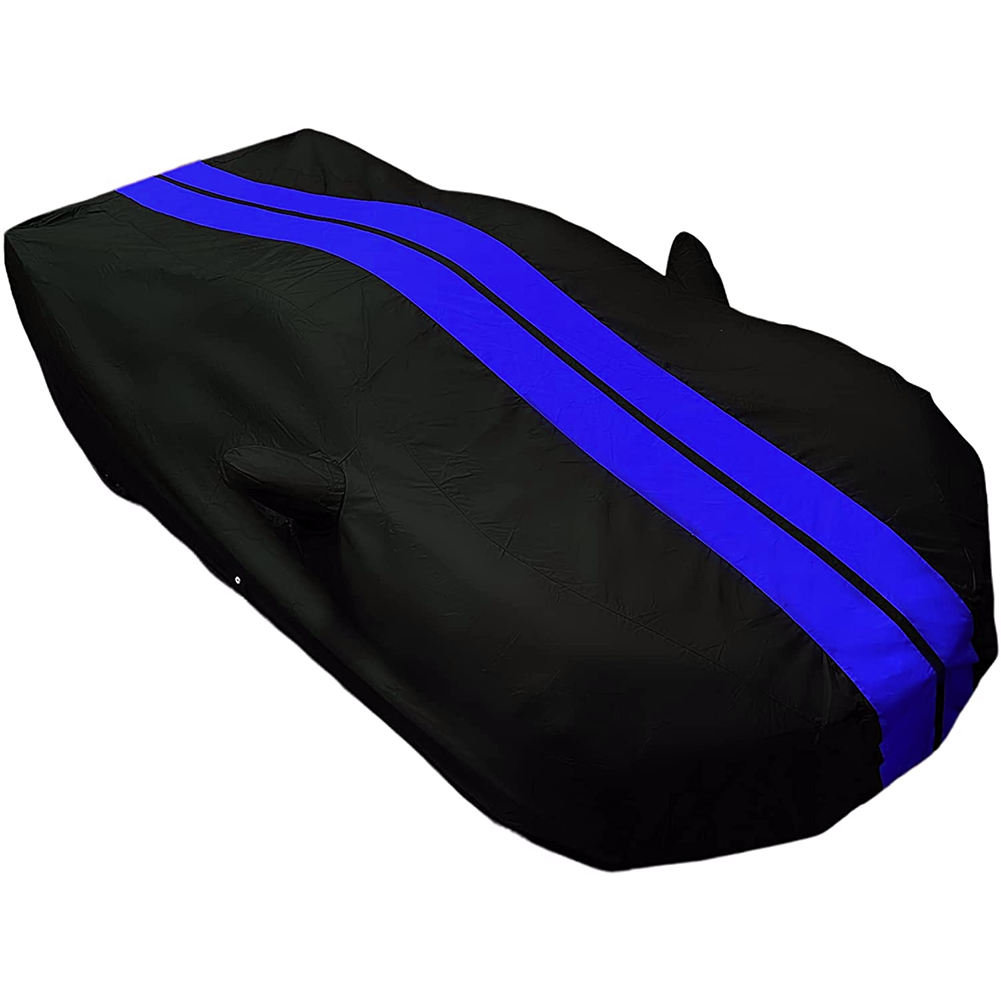Selecting a Clutch for your Corvette

Picking the right clutch for your Corvette is alot like choosing the right cam for your set-up. To much or to little will negatively affect your cars performance. So below is a guide to help steer you in the right direction to proper clutch selection.
Also remember to get your flywheel resurfaced or replaced to prevent premature wear and proper grip of your clutch to the flywheel
Selecting a Clutch for Your Corvette
Understanding how a clutch works is one thing, but when it comes time to purchase a new clutch for your Corvette making the proper selection is more important than understanding the dynamics of how the clutch system works. There are many different clutch types to select from and the two main questions to consider when selecting the proper clutch are;
By answering those two questions it will narrow down the field for selecting a clutch for your Corvette. This is because clutch manufacturers choose different materials and different engineering designs to properly suit the different types of driving conditions that cars are put through. It wouldn’t make sense to have a heavy duty clutch on a stock Honda or having a stock Honda clutch on a Lingenfelter Corvette.
Clutch Materials
Organic – Found on most OEM clutches and are a compound of several materials. Organic clutches are designed to allow for easy engagement as well as long life, and a broad temperature range. A plus for this type of clutch is that it is more resistant to damage caused by overheating, although if continually overheated slippage could become an issue.
Carbon/Kevlar Mix – These clutches operate similarly to that of the organic material clutch, but with a blend of just Carbon and Kevlar. This makes the Carbon/Kevlar clutch more durable and will have a longer life then the organic if used in a similar fashion.
Carbon – Has a very high temperature tolerance and is less prone to overheating. A trade off is that a carbon clutch has a harsher engagement then an organic or mixed clutched and will wear the flywheel surface quicker, especially in stop and go conditions.
Kevlar – Also has a high heat tolerance but can experience glazing of the clutch resulting in slipping until the glaze is worn off. Although it has a high heat tolerance if overheated it can ruin the clutch.
Ceramic – Characteristics are similar to those of carbon clutches, high heat tolerance but has a less harsh engagement then most other clutches designed for aggressive driving.
Feramic – Is a combination clutch that uses both graphite and cindered iron. This offers a good friction surface that allows for great grab as well as an easy engagement.
HydroCarbon/Ceramic/Organic – Unlike other blended material clutches this type of clutch has different material on the different sides. The purpose of this is to allow for smooth engagement of the clutch while still providing a good friction surface to grab the flywheel.
Sintered Iron – Designed for racecar applications has a very harsh engagement and acts as either engaged or disengaged with very little room in the middle. These types of clutches can withstand very high heat but require a special surfaced flywheel to accommodate for the harsh engagement of the clutch.
Clutch Disc Type
Full Disc – Typically OEM and OEM styled clutches that are not segmented.

Puck-style Disc – Designed more for race applications and offer better cooling then full disc clutches because they are segmented.

Torsion Dampener
Clutch with a Torsion Dampener – Helps cushion the engagement of the clutch to the flywheel and dampens the shock caused to the reset of the drivetrain.
Clutch without a Torsion Dampener – Used more so in race applications, gives instant power and has a harsh engagement and not suggested for daily use.

Which Clutch Do You Need?
As stated at the beginning of this article the two main questions to ask yourself are; How much torque does my Corvette produce? And what type of driving do I use my Corvette for? If replacing a stock clutch on a stock Corvette that’s driven near daily, you're going to want to get a clutch with a torsion dampener and is made from a material that doesn’t have an extremely harsh engagement.
One the other hand if you have a high powered Corvette that only sees the race track a clutch without the torsion dampener and that engages quickly will be more in your market because it will allow for instant power in racing situations. There are many variants between these two examples and the key thing to remember is the more frequently your Corvette is driven on the street the easier you may want the engagement of the clutch to be and vice versa for track use.



Leave a comment